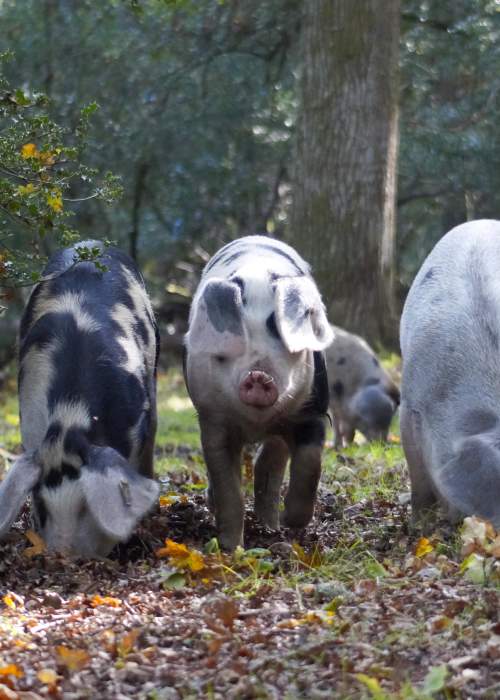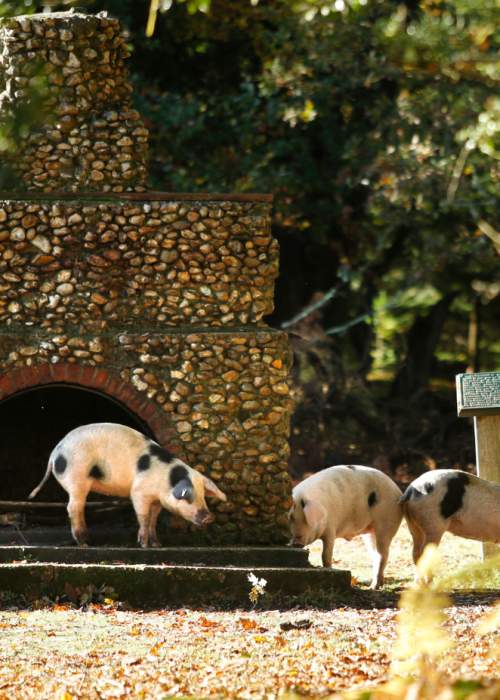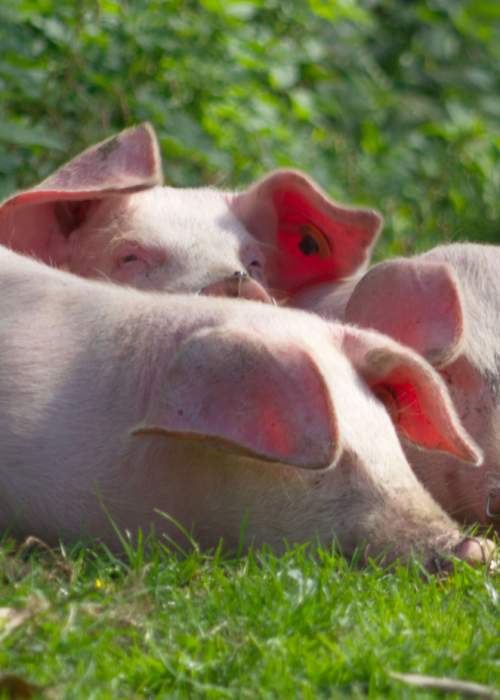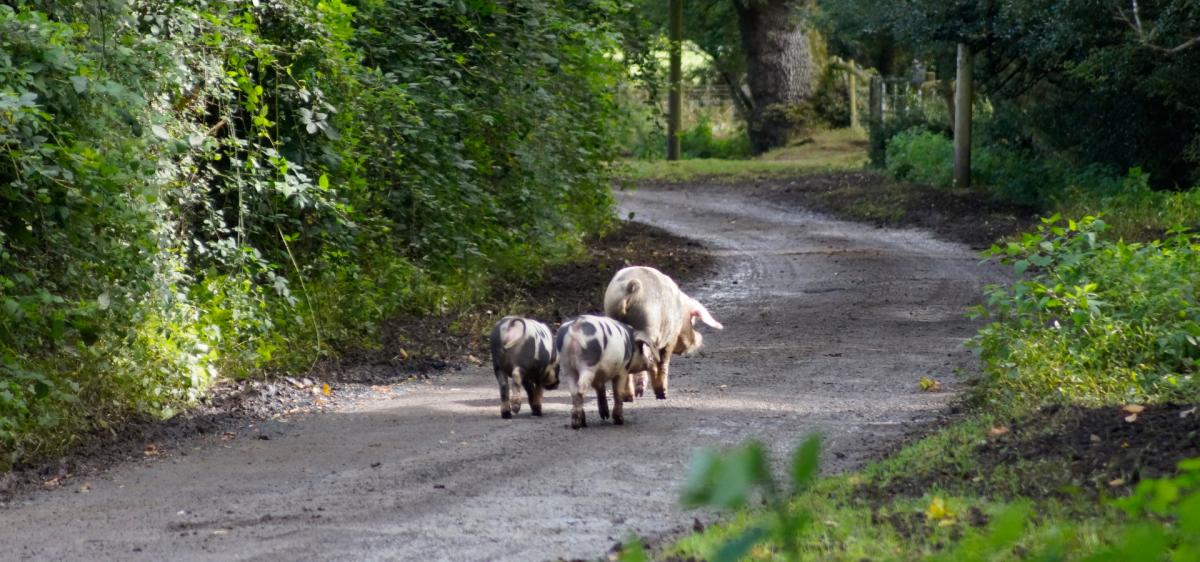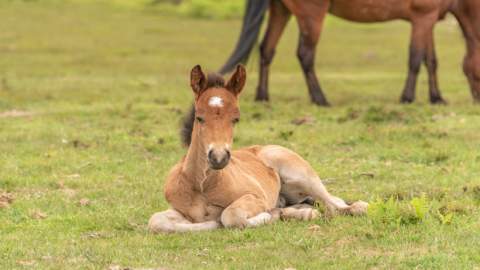New Forest Pigs and Pannage
As the leaves turn and autumn settles over the New Forest, you might spot a rather unexpected sight - pigs roaming freely beneath the trees. This seasonal tradition is known as pannage, and it’s one of the most ancient and fascinating practices still alive in the New Forest today.
When is Pannage in the New Forest in 2025?
Pannage in the New Forest is due to take place on Monday 15th September 2025 to Friday 28th November 2025. There is an expected heavy acorn crop this year.
What is Pannage?
Pannage, also known as Common of Mast, is the right of commoners to release their domestic pigs onto the open forest to forage for fallen acorns, chestnuts and beech mast. It’s a custom that dates back to the time of William the Conqueror, who founded the New Forest in 1079. These spiky, nutrient-rich snacks are harmless to pigs, but toxic in large quantities to the New Forest ponies and cattle who roam year-round - which is why the pigs are so important.
Each autumn, around 600 pigs and piglets snuffle through the undergrowth, clearing the forest floor in a way that’s both natural and vital. It’s the only time of year they’re allowed to roam freely - the rest of the year, they return to their smallholdings under the care of their commoner owners.
You might spot hardy native breeds like Tamworth, Gloucestershire Old Spot, British Saddleback and Wessex Saddleback. While there’s no official New Forest pig breed, each brings its own character to this seasonal spectacle. To protect the delicate balance of the New Forest, pigs turned out for pannage wear a nose ring. This stops them from rooting too deeply into the soil while still allowing them to forage.
The pannage season usually begins in late September, once the acorns start to fall. The exact start and end dates vary from year to year depending on the season and are decided by the Verderers of the New Forest in partnership with Forestry England. Some years, an abundance of acorns sees the season extended to ensure the ponies and cattle are protected.
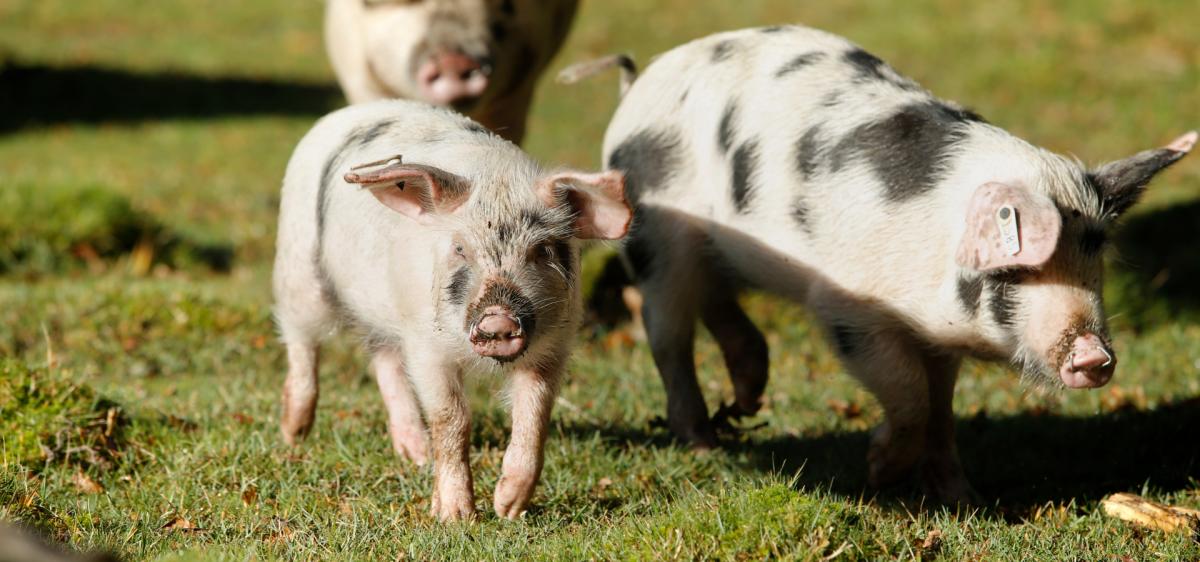
Where to see Pannage Pigs
There’s no set location for spotting pannage pigs - they roam freely and widely. Your best chance is to head out on a peaceful walk through the New Forest during the autumn months. Look and listen carefully - you might hear their gentle grunts before you see them, snuffling through leaves in search of acorns.
Locals sometimes help commoners locate their pigs at the end of the season, as some prove quite good at hiding! While you might occasionally see a pig outside of pannage season, this is usually a breeding sow with special permission. She must return to her holding at night and not cause a nuisance.
A taste of tradition
Pannage pigs are more than just a seasonal spectacle - they’re a symbol of the living traditions that make the New Forest so special. Some local bakers and shops even mark the season with pig-themed treats, and you may find pannage pork in local butchers.
Respecting pigs and the right of way
The New Forest is a shared space, where free-roaming animals have the right of way. Whether it’s pigs in autumn, donkeys by a pub gate, or ponies grazing the heath, it’s important to admire these animals from a respectful distance. Please do not feed, pet or approach them - no matter how cute they may look. They are semi-wild and can behave unpredictably.
To help protect them and their habitat, always follow the New Forest Code and drive with extra care, especially in low light. And remember - this ancient landscape has thrived for centuries through mutual respect between people and place.

